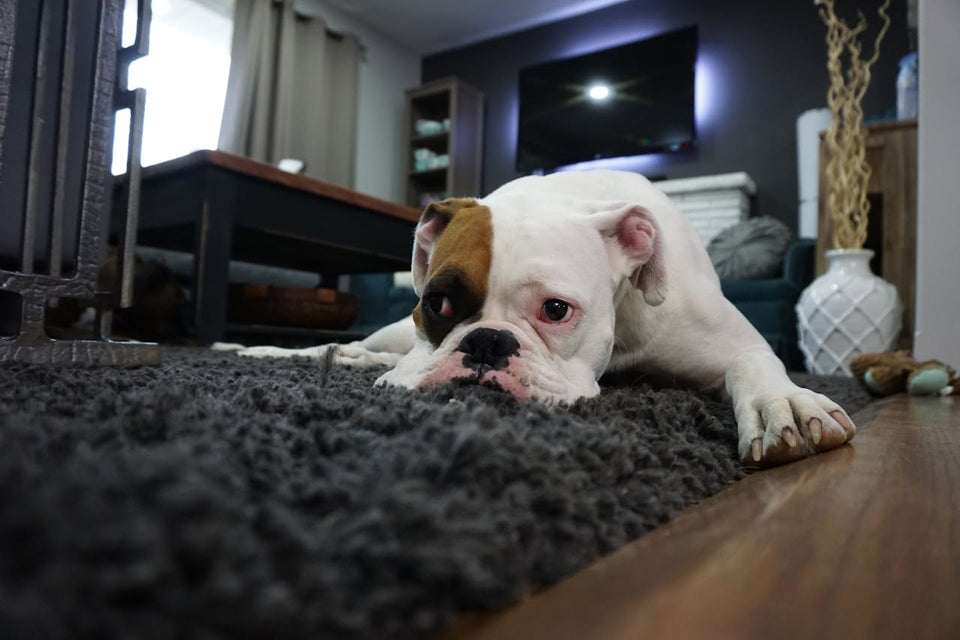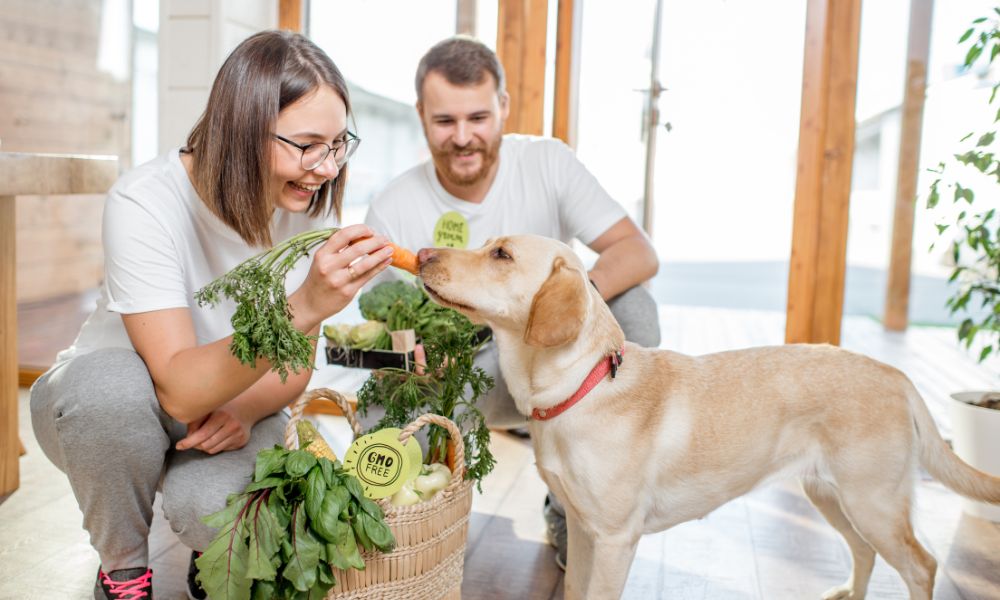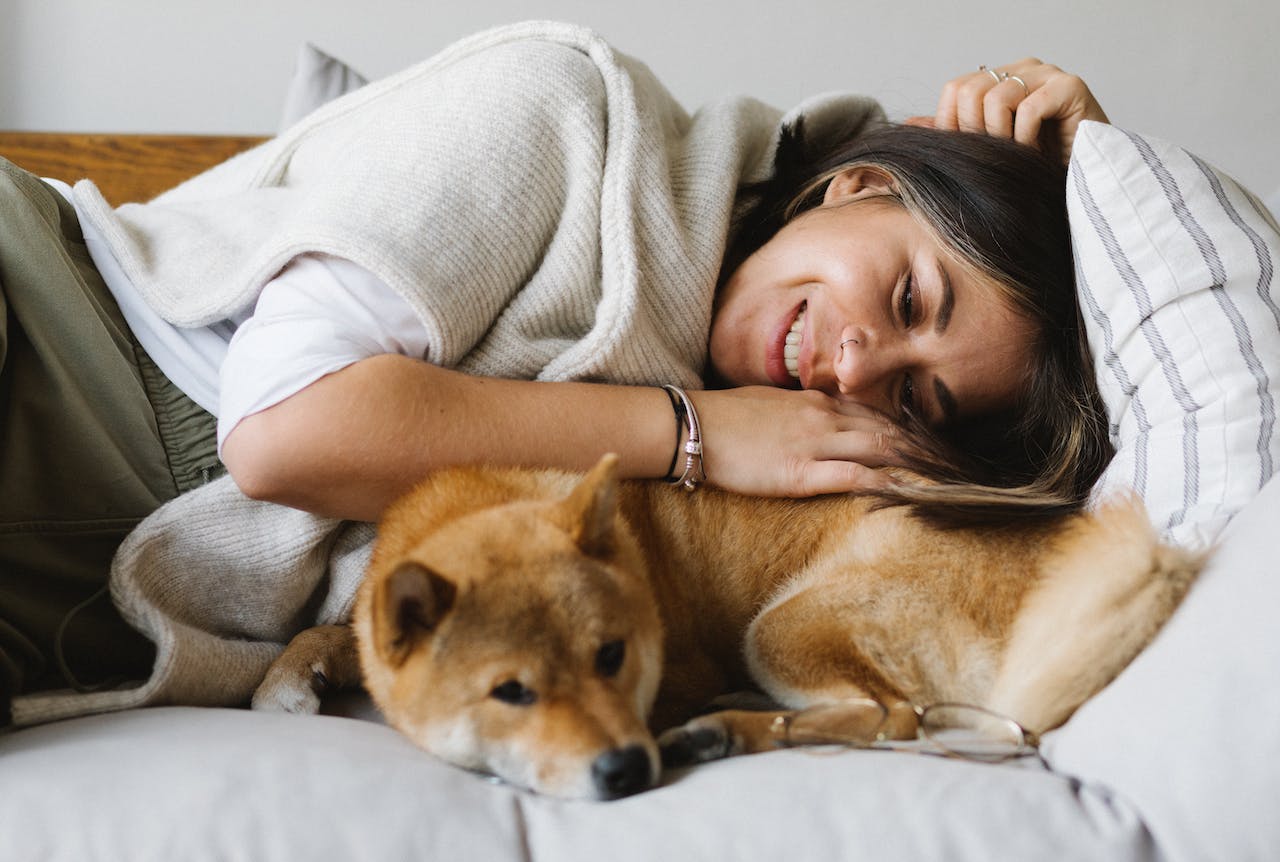
How To Crate Train A Puppy At Night

Crate training a puppy at night can be a beneficial and effective way to establish a routine and provide a safe space for your furry friend. By following the right techniques and setting up the crate properly, you can help your puppy feel secure and comfortable during nighttime hours. Here are some key takeaways to keep in mind when crate training your puppy at night:
Key Takeaways
- Choose a crate that is the right size for your puppy to ensure comfort and security.
- Introduce the crate gradually and use positive reinforcement to create a positive association with it.
- Create a comfortable environment inside the crate with soft bedding and familiar toys to help your puppy feel at ease.
- Place the crate in a quiet and familiar location to minimize distractions and promote a peaceful sleep environment.
- Establish a consistent nighttime routine to help your puppy adjust to the crate and feel secure during the night.
Understanding Crate Training for Puppies
Benefits of Crate Training
Crate training your puppy can be a transformative experience for both you and your furry friend. It provides a sense of security for your puppy, as the crate becomes a personal space where they can retreat and relax. This safe haven is crucial, especially during the night when the world can seem more intimidating to a young pup.
- Promotes house training: Puppies naturally avoid wetting their sleeping area, which helps with potty training.
- Prevents destructive behavior: A crate keeps your puppy from chewing on items around the house when unsupervised.
- Aids in travel: A crate-trained dog is more comfortable during car rides or flights.
While some may argue that not crate training can strengthen your bond by building trust, it's important to weigh the pros and cons. Crate training, when done correctly, can actually enhance your relationship by providing structure and safety. Improved emotional well-being for your puppy often translates to a more harmonious home environment for everyone.
Choosing the Right Crate
Selecting the appropriate crate for your puppy is crucial for a successful crate training experience. The size of the crate is particularly important; it should be large enough for your puppy to move around. For guidance, you can refer to resources like Petco's chart on finding the right crate size for your dog.
Consider the following when choosing a crate:
- Durability: Puppies can be chewers, so a sturdy crate is a must.
- Material: Crates come in various materials, including wire, plastic, and fabric. Each has its pros and cons depending on your puppy's needs.
- Portability: If you plan to travel with your puppy, a lightweight and collapsible crate might be the best option.
Remember, the crate you choose will become your puppy's own personal space. It should be a safe and comfortable environment that they will enjoy spending time in.
Introducing the Crate to Your Puppy
Introducing your puppy to their crate should be a gradual and positive experience. Start by placing the crate in an area where your puppy spends a lot of time and leave the door open. Encourage exploration by placing treats and favorite toys inside. Allow your puppy to enter and exit the crate at will, creating a sense of safety and ownership over their new space.
Here are some steps to make the introduction as smooth as possible:
- Place soft bedding inside the crate to make it inviting.
- Use a calm and happy voice to create a positive association with the crate.
- Feed your puppy meals near the crate, gradually moving the food inside as they become more comfortable.
Remember, patience is key. It may take several days or weeks for your puppy to be completely comfortable with their crate. Never force them inside, as this can lead to anxiety and fear, which are counterproductive to the training process.
Setting Up the Crate for Nighttime
Creating a Comfortable Environment
Ensuring your puppy feels secure and cozy in their crate is crucial for successful crate training at night. Start by selecting the right bedding. A comfortable bed like the PupRug™ or a soft blanket such as the PupProtector™ can make a significant difference. Remember to check the website page for the dimensions to ensure a perfect fit inside the crate.
Next, consider the crate's location. It should be in a quiet area to help your puppy relax. However, it should also be close enough to you so that they don't feel isolated. Lastly, maintain cleanliness by following the care instructions for cleaning the bedding regularly. This will help create a hygienic and inviting space for your puppy to rest.
- Select a comfortable bed or blanket
- Check the website for dimensions and care instructions
- Place the crate in a quiet yet accessible location
- Clean the bedding regularly to maintain a hygienic environment
Placing the Crate in the Right Location
Finding the ideal spot for your puppy's crate is crucial for a successful night's training. The location should be quiet and away from high-traffic areas to ensure your puppy can sleep without disturbances. However, it should also be close enough to where you sleep so that your puppy doesn't feel isolated and you can hear if they need to go out during the night.
Consider these points when choosing the location:
- The crate should be in a temperature-controlled environment to prevent your puppy from getting too hot or cold.
- Avoid placing the crate in direct sunlight or drafty areas.
- Ensure the crate is not in an isolated part of the house; your puppy should still feel like part of the family.
Remember, a comfortable crate can make all the difference. Upgrade your dog's crate with a cozy and stylish kit, including a memory foam base, faux fur cover, and waterproof liner. Easy to clean and blends seamlessly into home decor, making it a practical choice for both you and your puppy.
Establishing a Nighttime Routine
A consistent nighttime routine is crucial for successful crate training. Begin by setting a specific bedtime for your puppy and stick to it every night. This helps your puppy understand when it's time to settle down. Here are some steps to establish a routine:
- Take your puppy out for a final bathroom break right before bedtime to prevent accidents.
- Limit playtime and excitement in the evening to help your puppy wind down.
- Place a comfortable blanket or bed inside the crate to make it inviting.
Remember, avoid giving in to whining or barking, as this may reinforce the behavior. Ensure the crate is in a quiet, darkened room to encourage relaxation. Consistency in your routine is key to helping your puppy feel secure and understand what is expected at night.
Implementing Crate Training Techniques

Positive Reinforcement Methods
Positive reinforcement is a cornerstone of effective crate training. Reward your puppy whenever they enter the crate voluntarily or stay in it calmly. This not only makes the crate a pleasant place for your puppy but also reinforces their good behavior.
- Start with short sessions and gradually increase the time your puppy spends in the crate.
- Use a cheerful voice and body language to convey that crate time is a positive experience.
Remember, consistency is key. Always reward your puppy immediately after the desired behavior to ensure they make the connection between the crate and positive outcomes.
Handling Nighttime Whining
When your puppy begins to whine at night, it's essential to address their distress without inadvertently encouraging the behavior. Start by ensuring their basic needs are met before bedtime—this includes a final bathroom break, a comfortable crate environment, and a bit of quiet time to settle down. If whining persists:
- Remain calm and avoid giving attention that may reinforce the whining.
- Check on your puppy briefly to reassure them without creating excitement.
- If they continue to cry, wait a few minutes before checking again, gradually increasing the interval.
Remember, consistency is key. Your puppy will learn that nighttime is for sleeping, and that whining won't lead to playtime or being let out of the crate. With patience and persistence, your puppy will adapt to their new routine and sleep peacefully through the night.
Gradual Increase in Crate Time
As you become more comfortable with crate training, it's important to gradually increase the time your puppy spends in the crate. This helps your puppy get used to the crate as a safe space, without causing undue stress or anxiety. Start by leaving your puppy in the crate for short periods while you're at home, and then slowly extend the time as your puppy shows signs of comfort.
- Begin with 5-10 minute intervals when you are in the same room.
- Gradually extend the time by 5-minute increments.
- As your puppy adjusts, start stepping out of the room for short periods.
Remember, patience is key. If your puppy seems distressed, it's okay to take a step back and reduce the crate time before trying again. Consistency and a calm demeanor from you will help your puppy understand that the crate is a secure place to relax and sleep at night.
Troubleshooting Common Nighttime Crate Training Issues
Dealing with Separation Anxiety
Separation anxiety can be a distressing challenge when crate training your puppy at night. Understanding the signs of anxiety is crucial to addressing it effectively. Symptoms may include excessive barking, destructive behavior, and attempts to escape the crate. To help your puppy cope, consider the following steps:
- Establish a calming pre-crate routine with activities like a gentle play session or a soothing massage.
- Leave a piece of clothing with your scent inside the crate to provide comfort.
- Start with short periods in the crate and gradually increase the duration as your puppy becomes more comfortable.
Remember, patience and consistency are key. If your puppy shows signs of distress, it's important to remain calm and avoid reinforcing the anxious behavior. With time and positive experiences, your puppy will learn that the crate is a safe space, even when you're not around.
You may also like: 4 Ways To Calm Your Anxious Dog
Addressing Accidents in the Crate
Accidents in the crate, while frustrating, are a normal part of the crate training process. Remember, patience is key as your puppy learns to control their bladder. Here are some steps to help minimize and address accidents:
- Firstly, clean any accidents thoroughly with an enzymatic cleaner to remove odors that might attract your puppy back to the same spot.
- Secondly, consider the timing of your puppy's meals and water intake. Avoid feeding your puppy a large meal right before bedtime and limit water intake a few hours before sleep.
- Lastly, ensure that you are taking your puppy out to eliminate regularly, especially before bedtime, to reduce the chances of an accident.
If accidents persist, it may be worth reviewing your puppy's crate training schedule to ensure it aligns with their physical capabilities. Puppies have smaller bladders and will need more frequent breaks to avoid mishaps.
Handling Excessive Barking at Night
Excessive barking at night can be a sign of underlying issues such as anxiety or a response to external stimuli. Identifying the cause of the barking is essential in addressing this behavior effectively. Here are some steps you can take to help manage and reduce nighttime barking:
- First, ensure that your puppy's basic needs are met before bedtime. This includes sufficient exercise during the day, a last bathroom break, and a comfortable sleeping area.
- Consider using a white noise machine to drown out external noises that may trigger barking. This can provide a calming effect and promote a more peaceful sleep.
- If the barking persists, consult with a professional trainer or behaviorist to develop a tailored plan that addresses your puppy's specific needs.
Remember, consistency and patience are key when working through nighttime barking issues. With the right approach, you can help your puppy learn to settle down and enjoy a quiet night's rest.
Button Line
In conclusion, crate training a puppy at night is a beneficial and effective way to establish a routine, provide a safe space for your puppy, and promote good behavior. By following the steps outlined in this article, you can create a positive and comfortable environment for your puppy to sleep peacefully through the night. Remember to be patient, consistent, and understanding throughout the crate training process, and you will see positive results in no time. Happy crate training!
Share this article
written by


